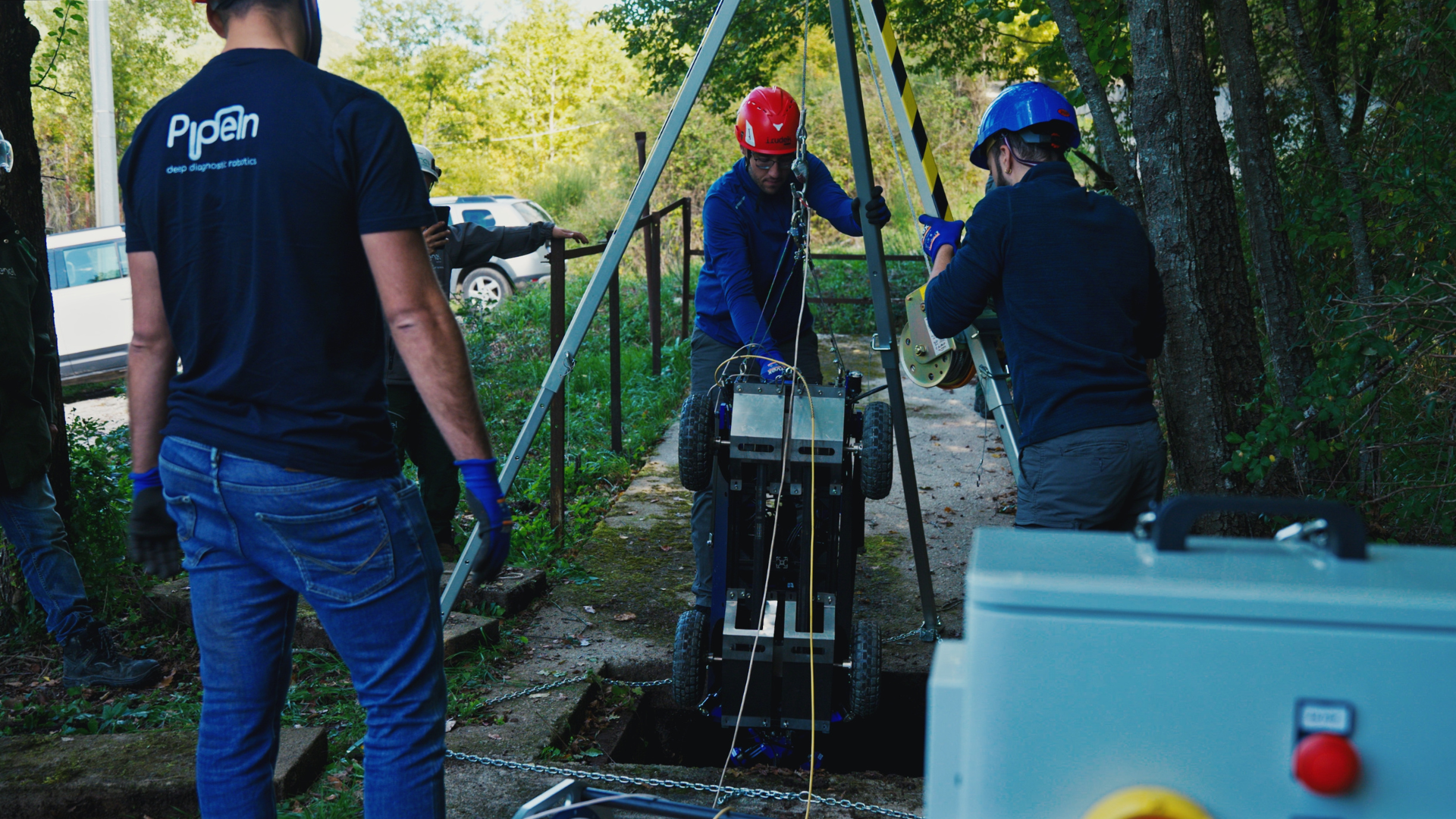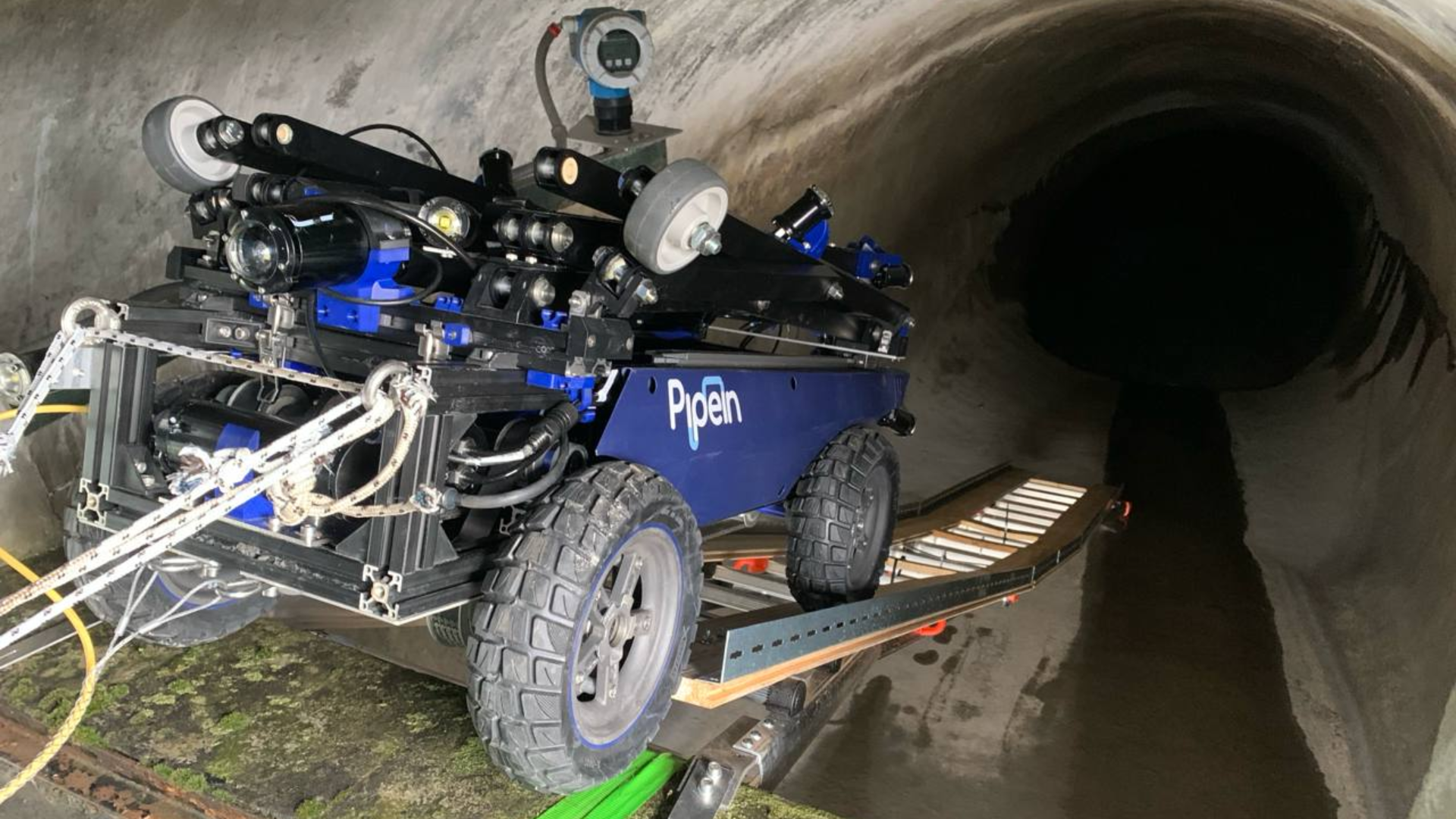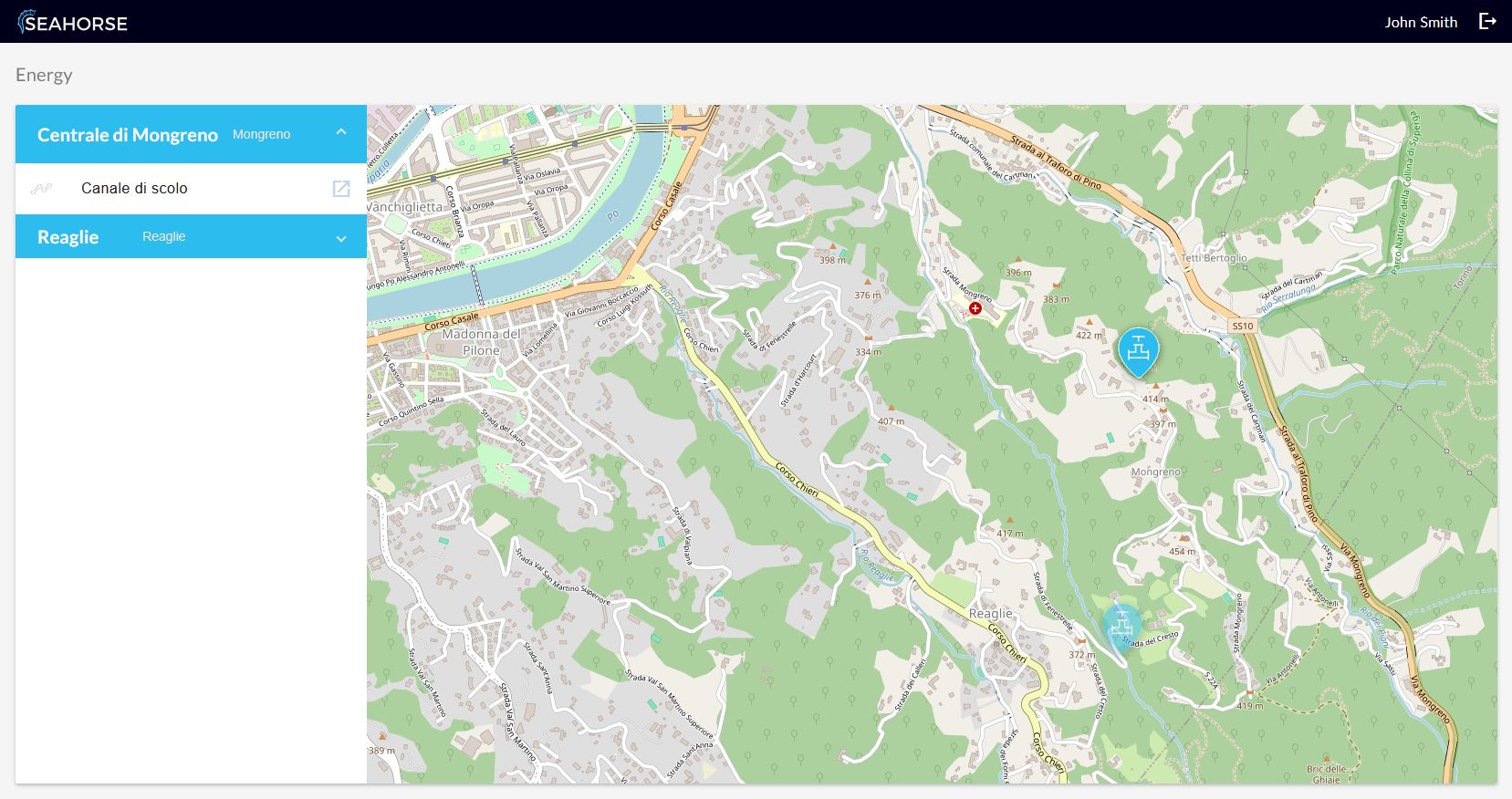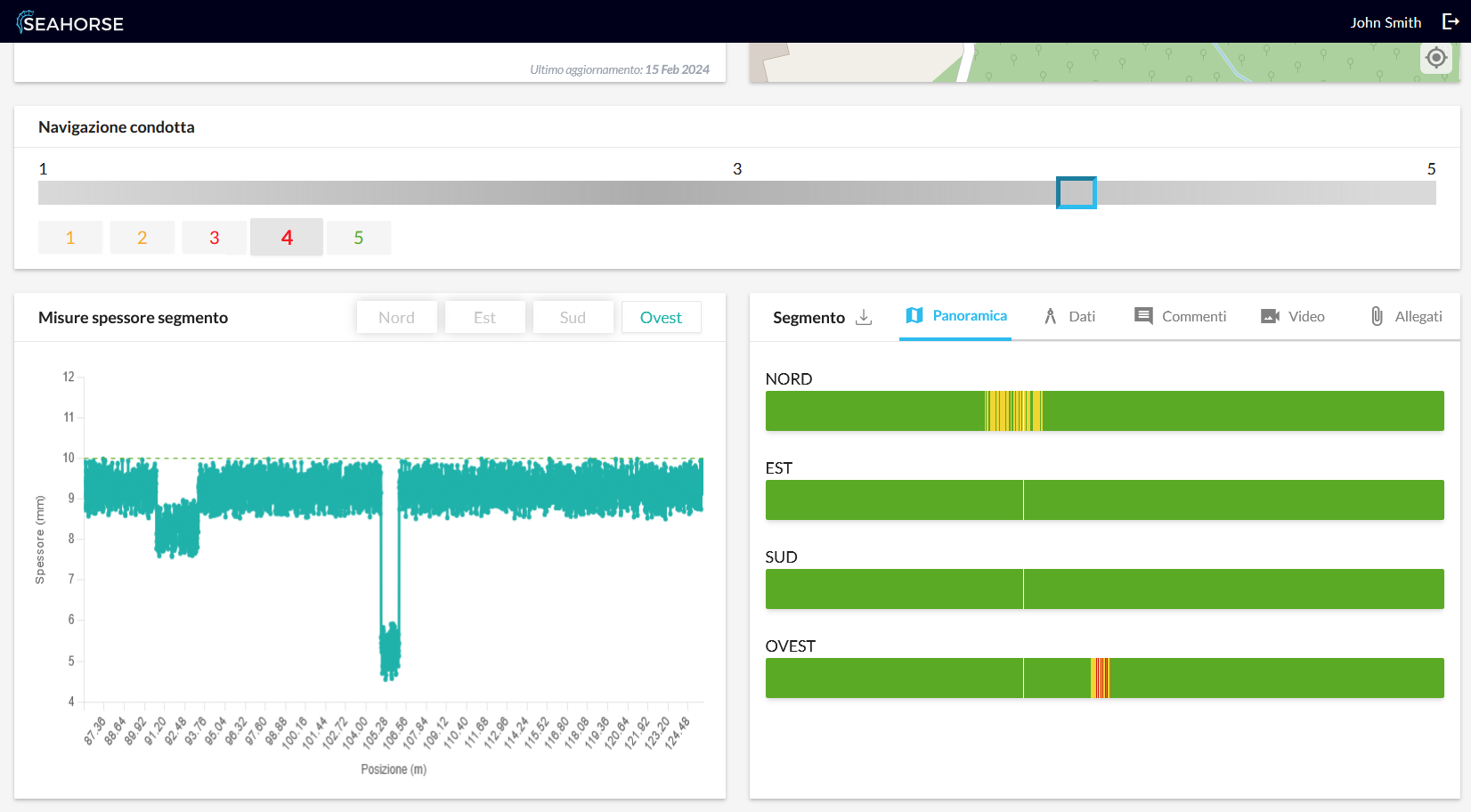Prevent Leaks. Map Networks. Extend Asset Life.
From blind spots to clarity, DDS3 gives operators full visibility and control over buried water and wastewater infrastructure.
KEY BENEFITS
Defect Detection:
Sonar, hydrophones and cameras identify leaks, cracks, blockages, and wall damage in submerged pipes.
No Service Disruption:
Inspections are done live, through manholes or pipe entries — no draining needed.
Geometric Profiling:
LiDAR and sonar generate cross-sections and detect sediment buildup or deformations.
Position Referencing:
IMU and encoders allow for segment-level mapping, tracking issues by exact location.
Proactive Maintenance:
Rich data supports long-term planning, reducing emergency repairs and costs.
ROBOTIC SUITE
Water and wastewater networks often consist of aging infrastructure hidden deep underground or submerged in service. Pipelines, siphons, and tunnels suffer from leaks, cracks, sediment build-up, and structural wear — but inspecting them is challenging, costly, and often requires disruptive shutdowns.
With DDS3, PIPEIN delivers a non-invasive, data-rich alternative. Our robotic suite can access pressurized, submerged, or hard-to-reach assets through small manholes, capturing high-resolution data with sonar, ultrasonic probes, LiDAR, hydrophones for acoustic leak detection, and onboard navigation systems. The result is a detailed understanding of asset condition, allowing operators to pinpoint leak sources, prevent failures, optimize maintenance, and extend the life of critical water infrastructure.




